THE COMPLETE GUIDE TO
YOGA
INVERSIONS
Learn How to Invert, Float, and Fly
with Inversions and Arm Balances
 JENNIFER DECURTINS
JENNIFER DECURTINS

2015 Quarto Publishing Group USA Inc.
Text 2015 Quarto Publishing Group USA Inc.
Photography 2015 Quarto Publishing Group USA Inc.
First published in the USA in 2015 by
Fair Winds Press, an imprint of
Quarto Publishing Group USA Inc.
100 Cummings Center
Suite 406-L
Beverly, MA 01915-6101
www.QuartoKnows.com
Visit our blogs at www.QuartoKnows.com
All rights reserved. No part of this book may be reproduced or utilized, in any form or by any means, electronic or mechanical, without prior permission in writing from the publisher.
Digital edition: 978-1-62788-759-5
Softcover edition: 978-1-59233-694-4
Digital edition published in 2015
Library of Congress Cataloging-in-Publication Data available
Cover and book design by Sporto
Photography by Wanda Koch
The information in this book is for educational purposes only. It is not intended to replace the advice of a physician or medical practitioner. Please see your health care provider before beginning any new health program.
For my students, who are my greatest teachers.
CONTENTS
Guide
Introduction
Yoga can trace its roots back thousands of years and has experienced an evolution over time into many different lineages and styles. Yoga enjoys worldwide popularity for its numerous physical and emotional health benefits.
According to the 2013 Yoga in America study released by well-known yoga publication Yoga Journal, 20.4 million Americans practice yoga, and its proven to be a growing trend. In 2008, the same study yielded 15.8 million participants. Over the course of five years, participation in yoga grew nearly 30 percent in the United States.
One of the appealing aspects of yoga is that its accessible to everyone regardless of age or ability. Whether youre looking for a slow, restorative, meditative practice or a physical, challenging, fast-paced practice, there is a style of yoga to meet your needs.
In a typical yoga class, you perform a mixture of standing postures, balancing postures, backbends, inversions, twists, seated postures, and more. This combination of postures serves to strengthen and stretch your body while improving your mental state and enhancing focus and clarity.
This book explores how to take these common poses to uncommon places through inversions, arm balances, and advanced variations.
Benefits of Practicing Inversions, Arm Balances, and Advanced Asanas
Inversions, arm balances, and advanced asanas feature a variety of therapeutic benefits but are sometimes considered by students to be intimidating and out of reach. The thought of being upside down and balancing on the top of your head in headstand, kicking up to handstand, or supporting the weight of your body with only your arms in crow can be an overwhelming proposition at first.
But these postures are within reach. They simply require a willingness to try. It might not happen the first time, tenth time, or hundredth time you attempt the pose, but one day it will happen. Embrace being a little uncomfortable on your mat. Have a sense of humor and playfulness, and dont worry about what you look like attempting the pose or if you fall or wobble trying.
One of the most amazing things about yoga is the transformation that occurs on the mat when you show up and dedicate yourself to the practice. The body and mind begin to open in a way that they never have before. You open to possibility, growth, and change. After maintaining a regular practice for a period of time, most students find themselves performing postures they once were certain they would never do.
Through practice and trust, inversions, arm balances, and advanced asanas are within reach. Mastering them often brings with it a tremendous amount of confidence and marks a milestone in ones personal practice.
INVERSIONS
The term inversion simply means having the head lower than the heart. Inversions have physical, psychological, and emotional benefits.
Physically, they strengthen the arms, legs, and core muscles while also helping to improve posture by focusing on midline stability. Going upside down also helps return blood flow back to the heart, which improves circulation and blood flow to the brain. This also helps with tired, swollen legs and ankles when applied in a feet-up-the-wall type of scenario.
Psychologically, these postures can both energize and heat the body and also cool and relax the nervous system, depending on the type of inversion. Inversions can help with stress management and insomnia.
Emotionally, inversions help with overcoming fear and doubt and building self-confidence and body awareness.
ARM BALANCES
The term arm balance means any pose that requires you to balance on your arms/hands with no other body part touching the ground. These poses require a combination of strength and flexibility.
Physically, arm balances are especially beneficial for building core and upper body strength. They are weight-bearing poses that can help prevent osteoporosis. Arm balances also help to improve balance and coordination, which are essential functional movements for all aging adults.
Emotionally, like inversions, arm balances are major fear busters and can open you up to believe in your bodys ability and strength.
ADVANCED ASANAS
The advanced asanas in this book cant be categorized as arm balances or inversions, but they offer deeper and more challenging variations of traditional poses. These asanas help you explore the playful nature of your practice.
This book features a collection of more than 125 inversions, arm balances, and advanced asanas that are found in a variety of styles of yoga including Ashtanga, Bikram, power, hatha, and more.
The book is broken into five sections: foundational poses, standing poses, balancing poses, inverted poses, and seated poses. Each section features gateway poses that are common to a typical yoga class. The book will guide you through progressions of the gateway pose into more advanced inversions, arm balances, and other asanas.
The goal of this book is to inspire students to see the possibility that exists with their personal practice and to serve as a guide for teachers to assist with incorporating inversions, arm balances, and advanced asanas into their classes and sequencing.
1
Foundational Poses
A lmost every yoga practice includes the basic postures found in this section: down dog, side plank, three point, forward fold, wide leg forward fold, garland, dolphin, and wheel. Although relatively simple in their basic form, these poses can take you to new places in your practice.
Imagine floating into a handstand from down dog, coming into full wheel from three point, or finding firefly pose from a wide leg forward fold. The possibilities are endless when you open your mind and your practice to the idea that the basics dont have to be boring.



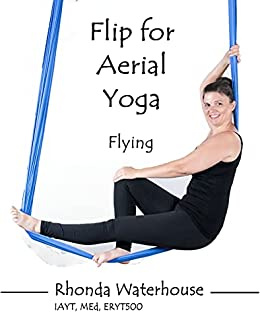
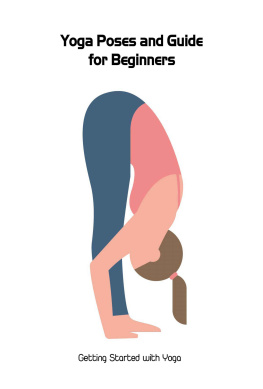
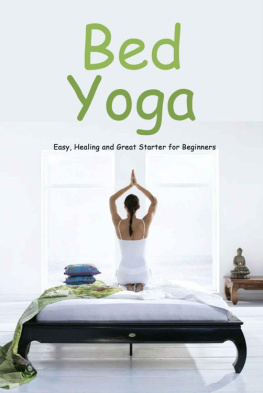

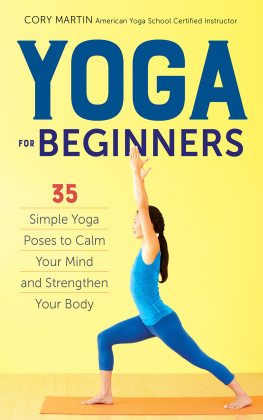
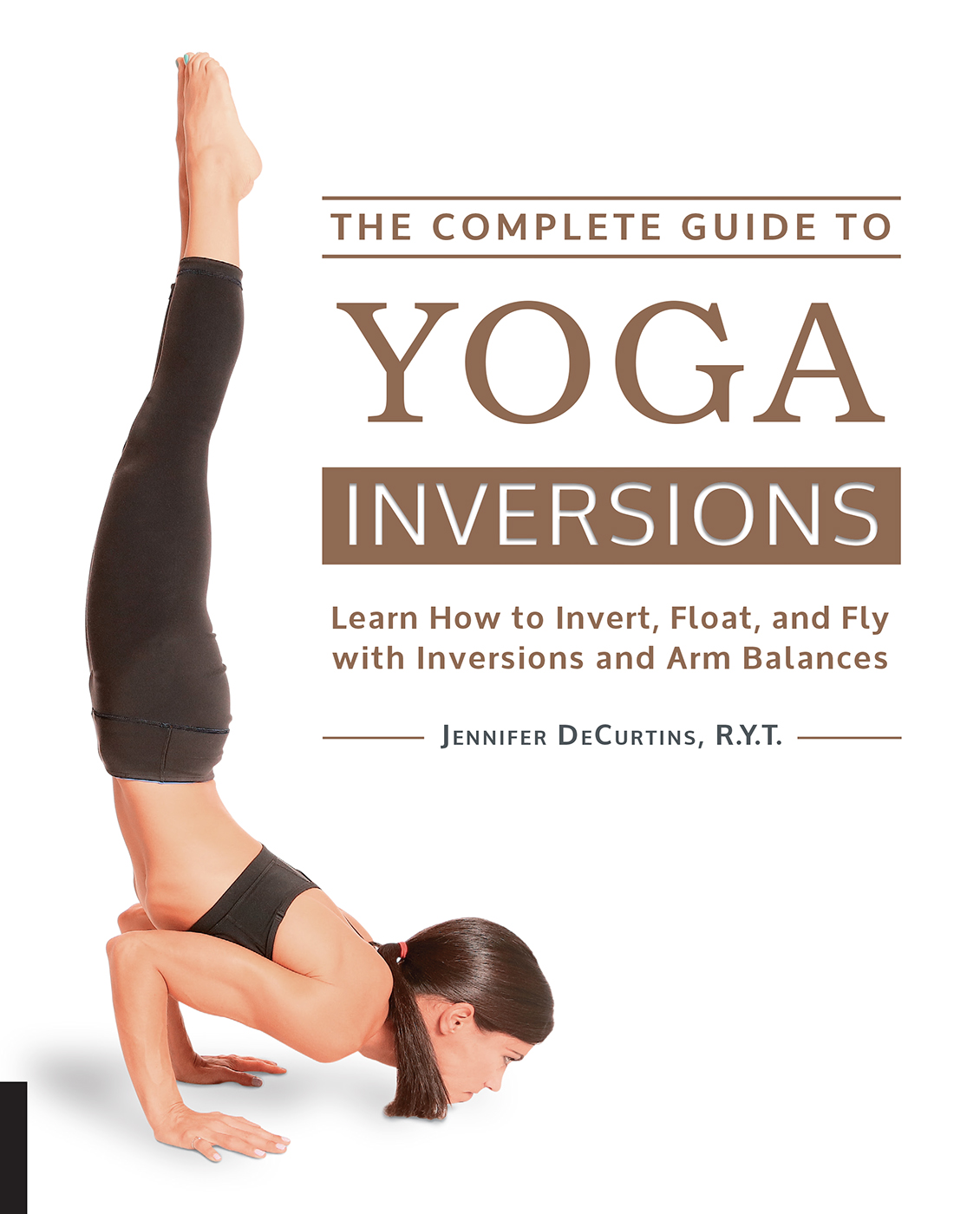
 JENNIFER DECURTINS
JENNIFER DECURTINS